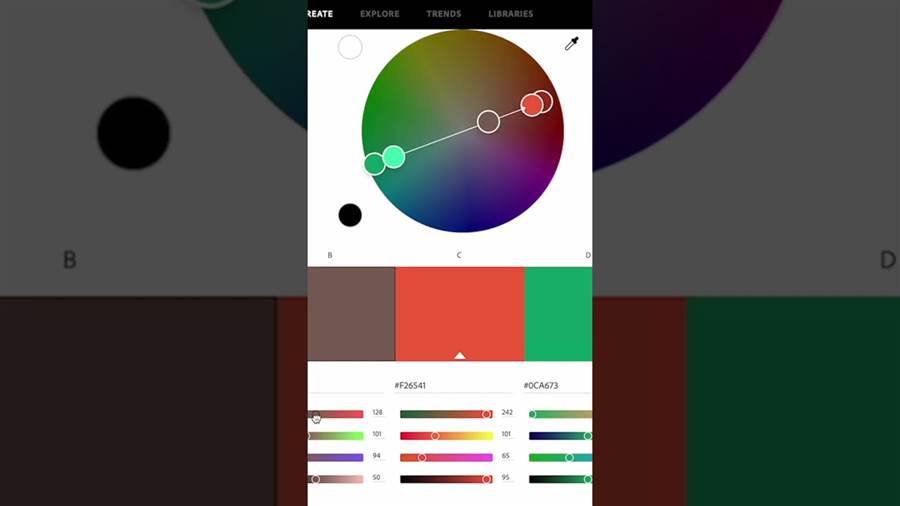

Creating neo-traditional color palettes can be a fun and exciting way to infuse a modern twist into traditional designs. This article will guide you on how to create these color palettes, adding a contemporary touch to traditional art forms.
First and foremost, it is important to understand what neo-traditional style entails. Neo-traditional art combines elements from traditional styles, such as bold lines and clear shapes, with modern influences like vibrant colors and realistic details. This fusion allows for a unique and visually striking aesthetic.
To begin creating your neo-traditional color palette, start by selecting a base color.
Traditional color palettes often revolve around earthy tones like browns and tans, but for a neo-traditional twist, consider opting for a bold and vibrant color. This can be a deep red, rich purple, or vivid blue. The chosen color will set the tone for the rest of your palette.
Next, choose a complementary color to accompany your base color. Complementary colors are found opposite each other on the color wheel and effectively create a vibrant contrast. For instance, if your base color is a deep red, consider pairing it with a bright green or turquoise.
Once you have your base and complementary colors, it's time to incorporate secondary colors.
These are hues that harmonize with your base and complementary colors. To achieve a neo-traditional feel, try using colors that have a slightly muted or vintage quality. For example, if your base color is a vivid blue, secondary colors like dusty rose, mustard yellow, or sage green can add depth and interest to your palette.
To further enhance your neo-traditional color palette, consider adding accent colors. These are additional hues that add pops of color and offer contrast to your base, complementary, and secondary colors. Accent colors should be used sparingly to prevent overwhelming the overall aesthetic.
Use them to highlight specific elements or areas in your design.
Lastly, it's crucial to maintain a balance between your chosen colors. Avoid overwhelming your palette with too many bright or bold shades by incorporating neutral colors. Whites, grays, and beige tones can help create balance and provide a visually calming effect.
In conclusion, creating a neo-traditional color palette involves selecting a bold and vibrant base color, pairing it with a complementary color for contrast, and harmonizing with muted or vintage secondary colors. Accent colors should be used sparingly to maintain balance, and neutral tones can help create a visually calming effect.
Enjoy the process of infusing modern elements into traditional designs and watch your neo-traditional color palette come to life.
